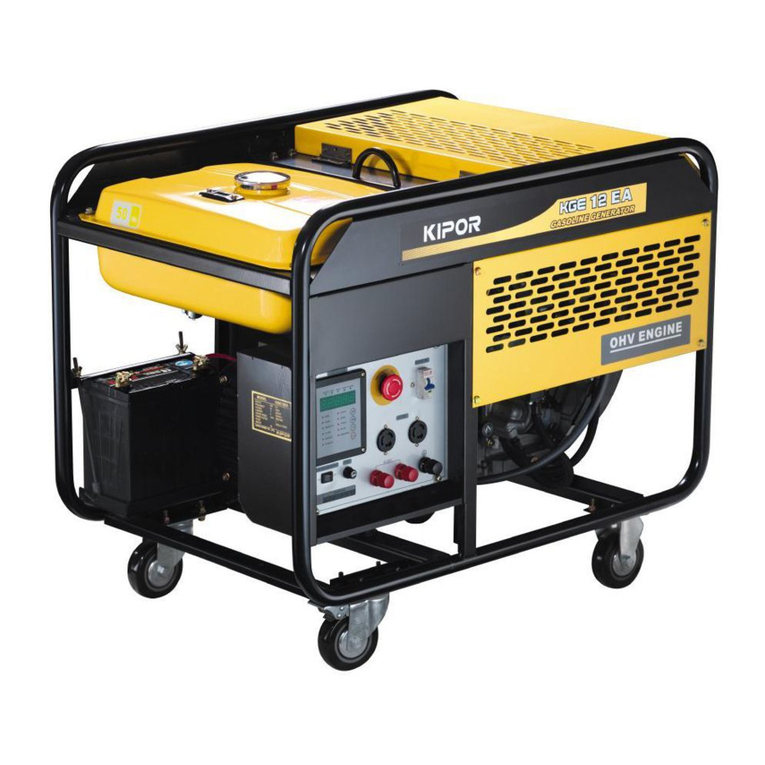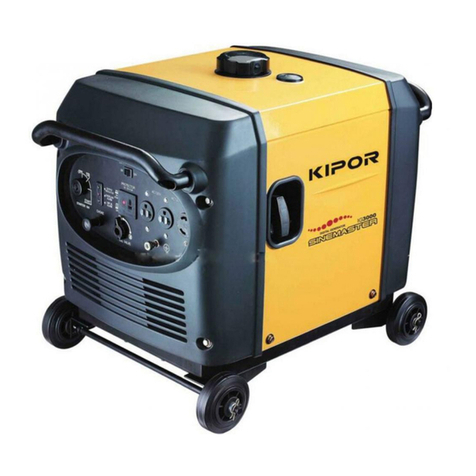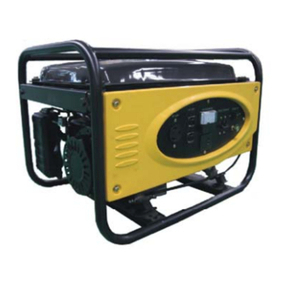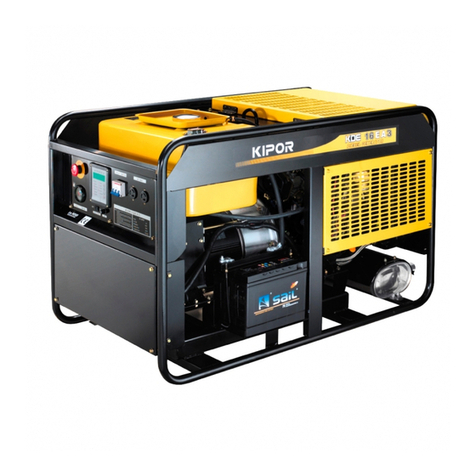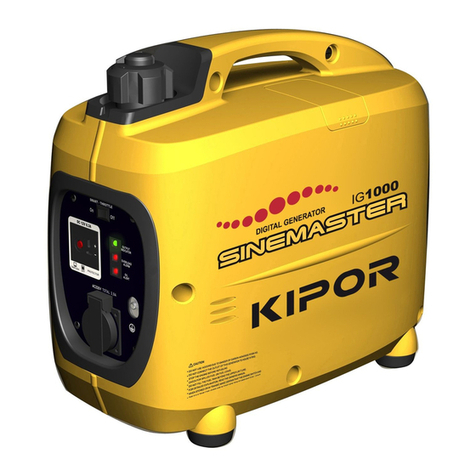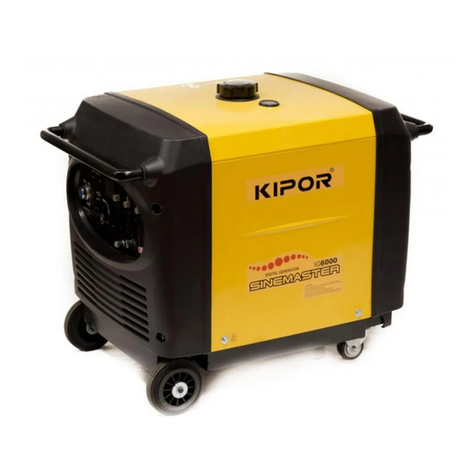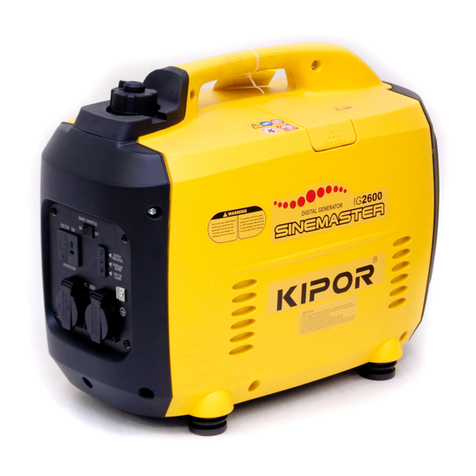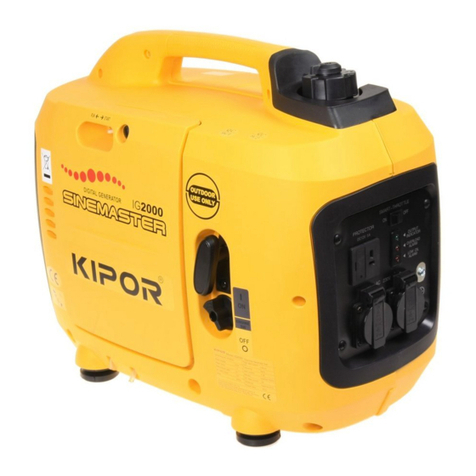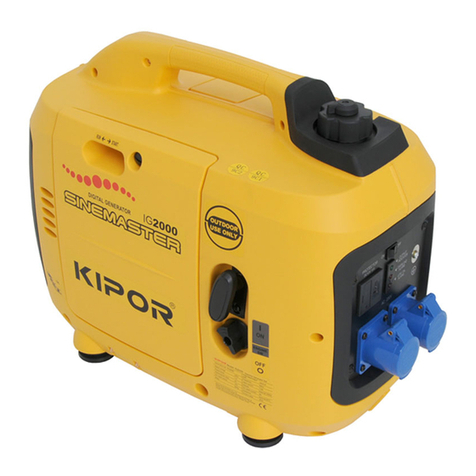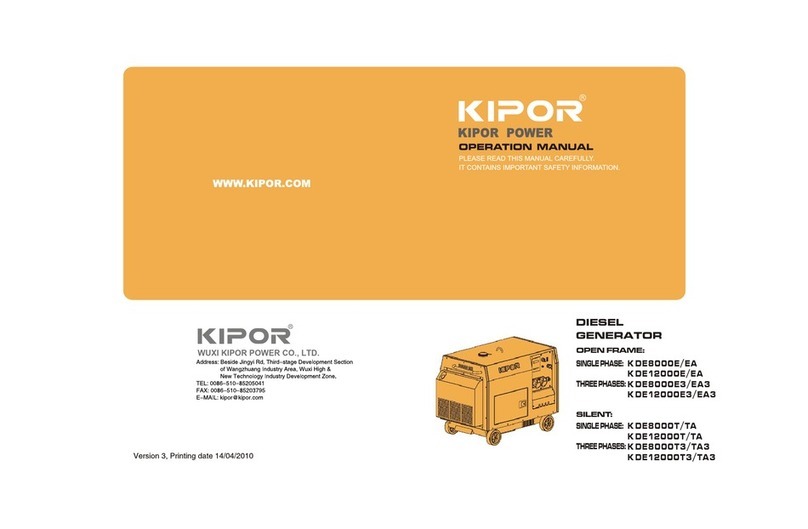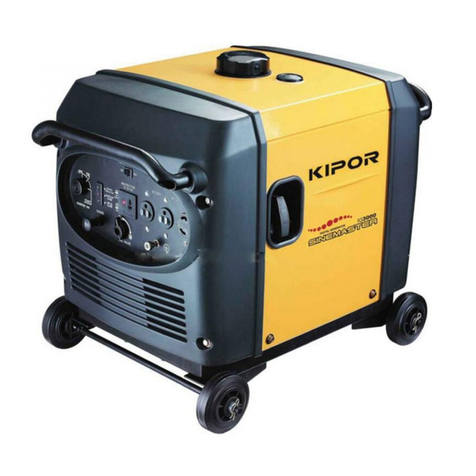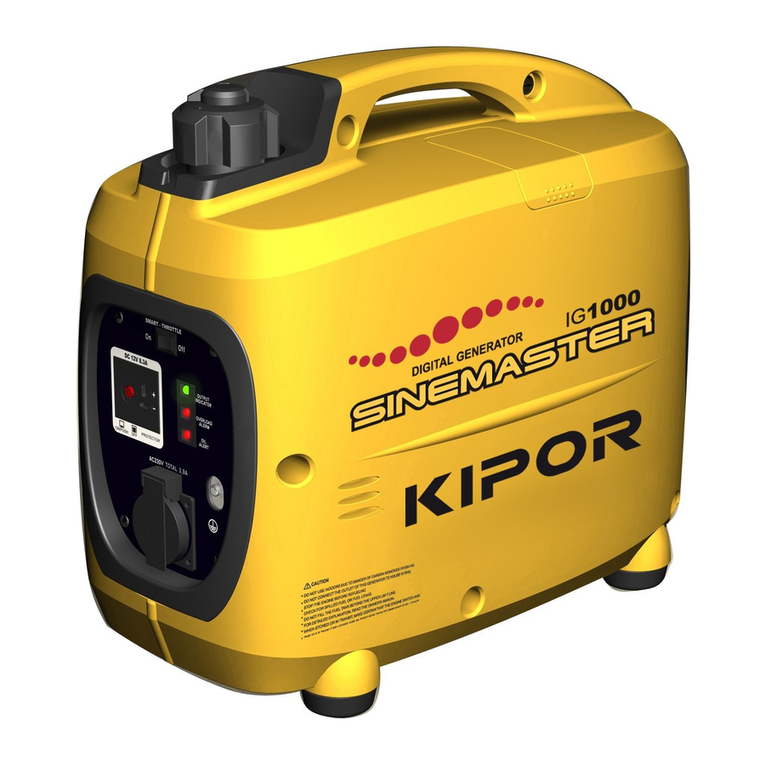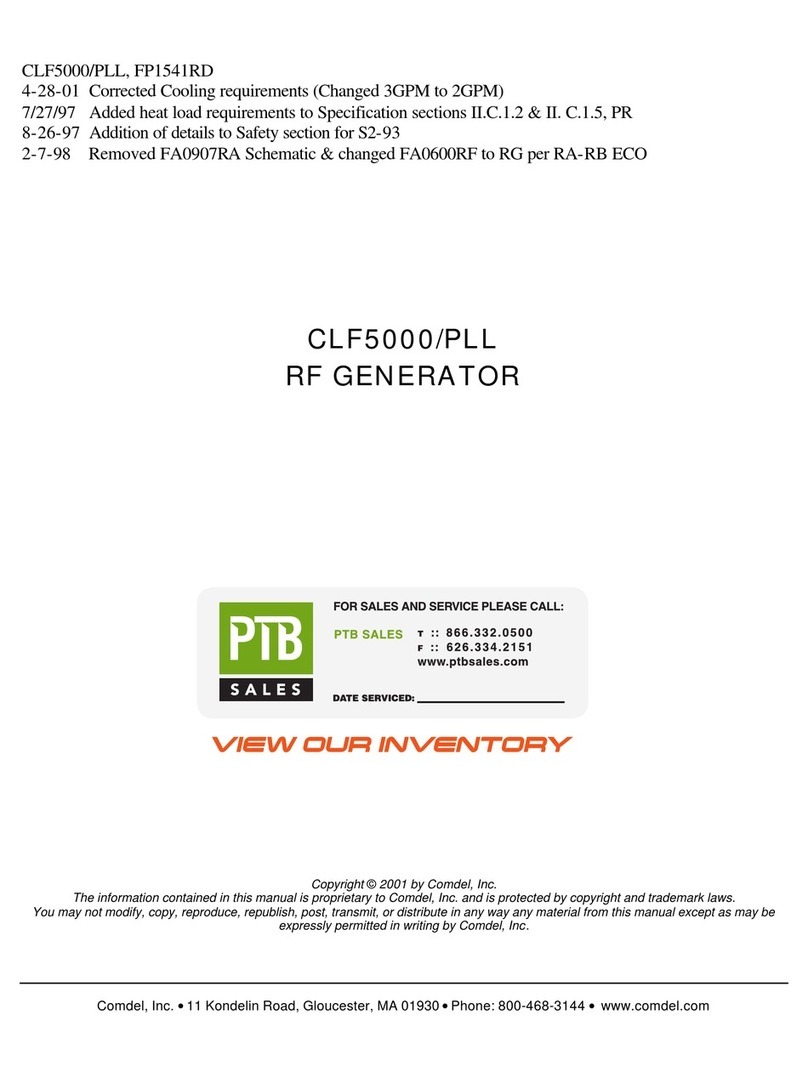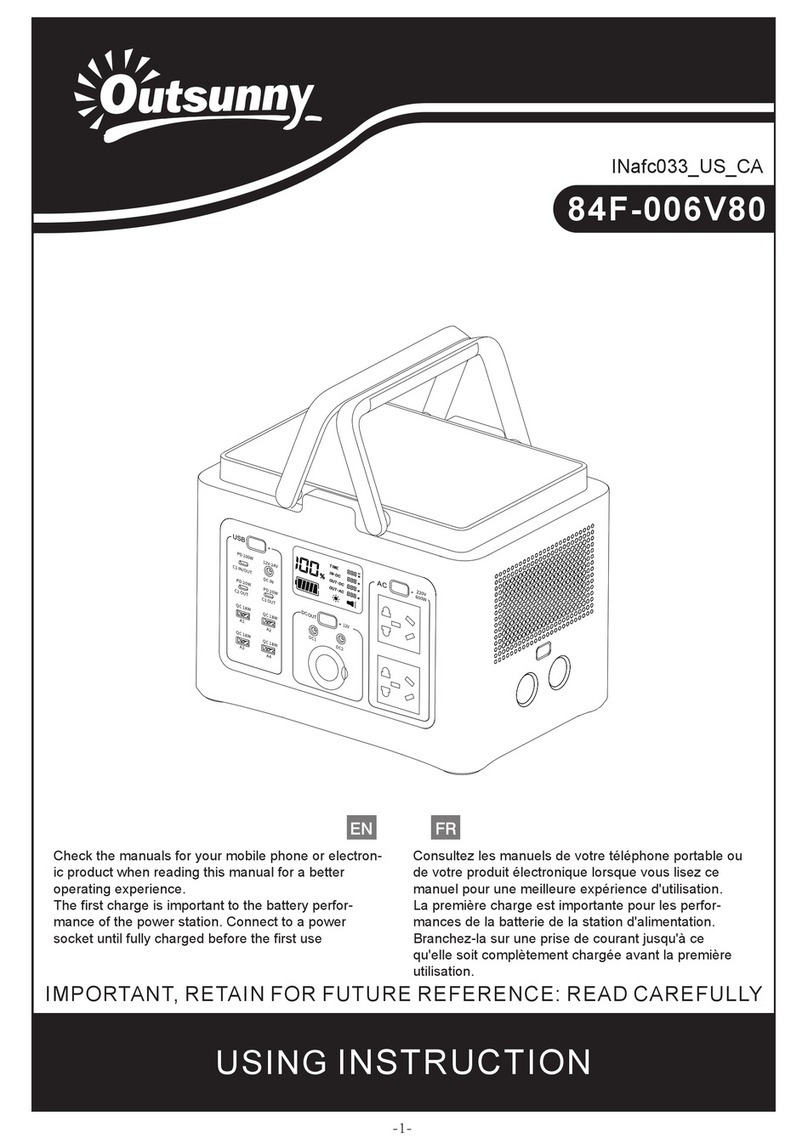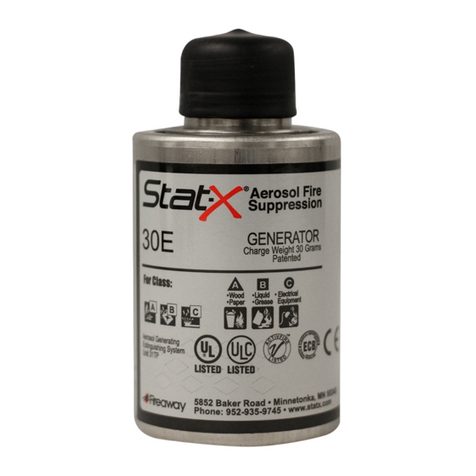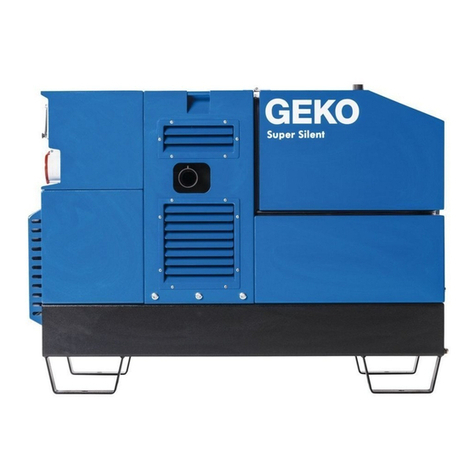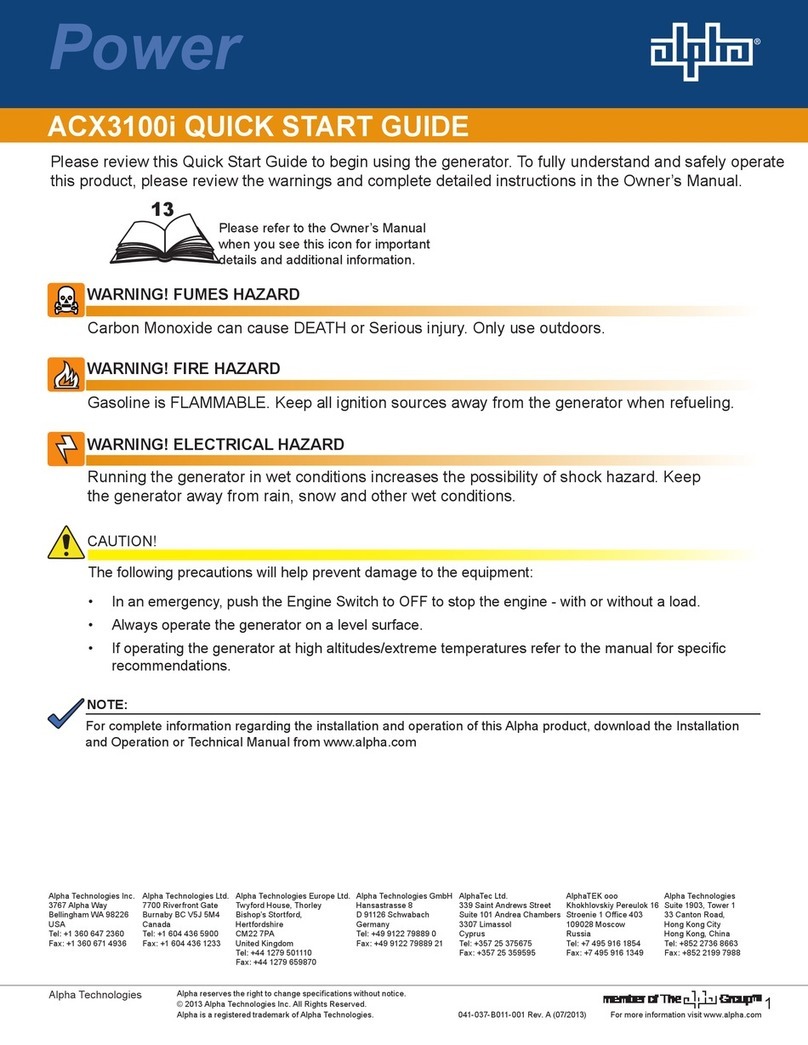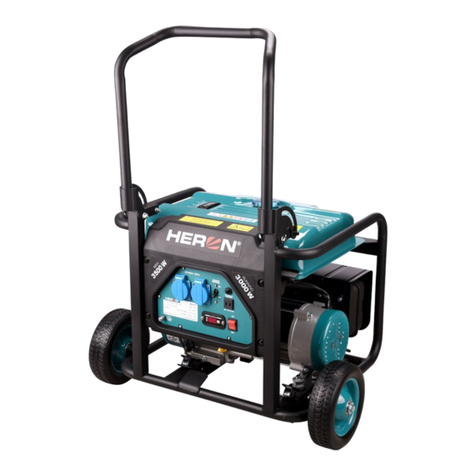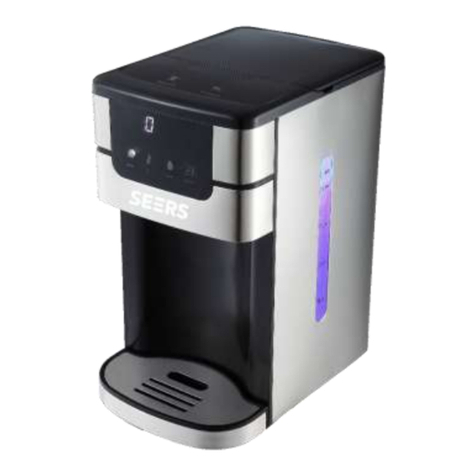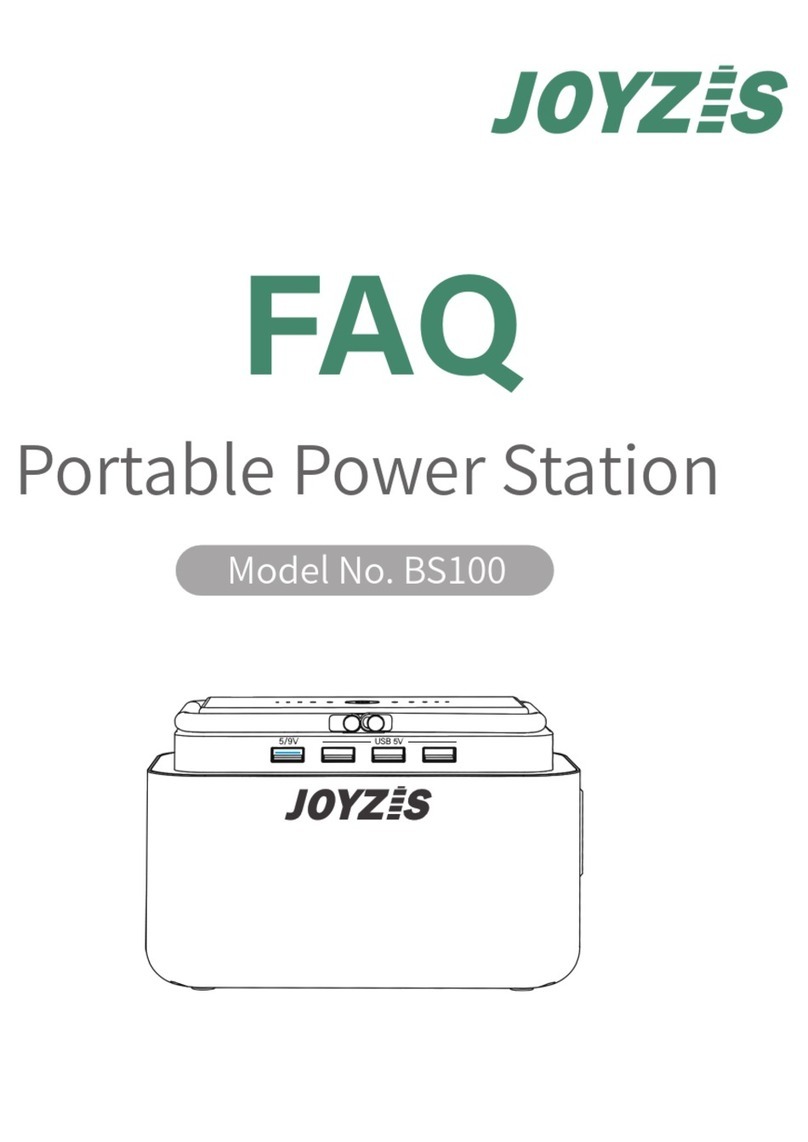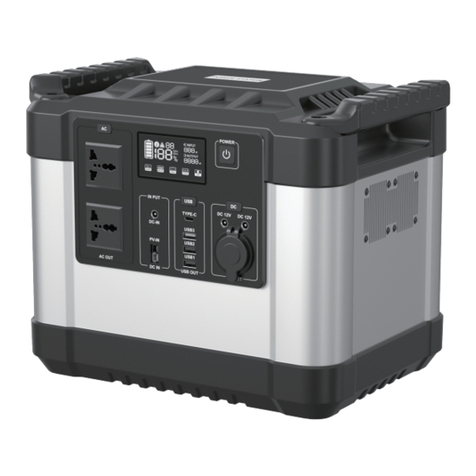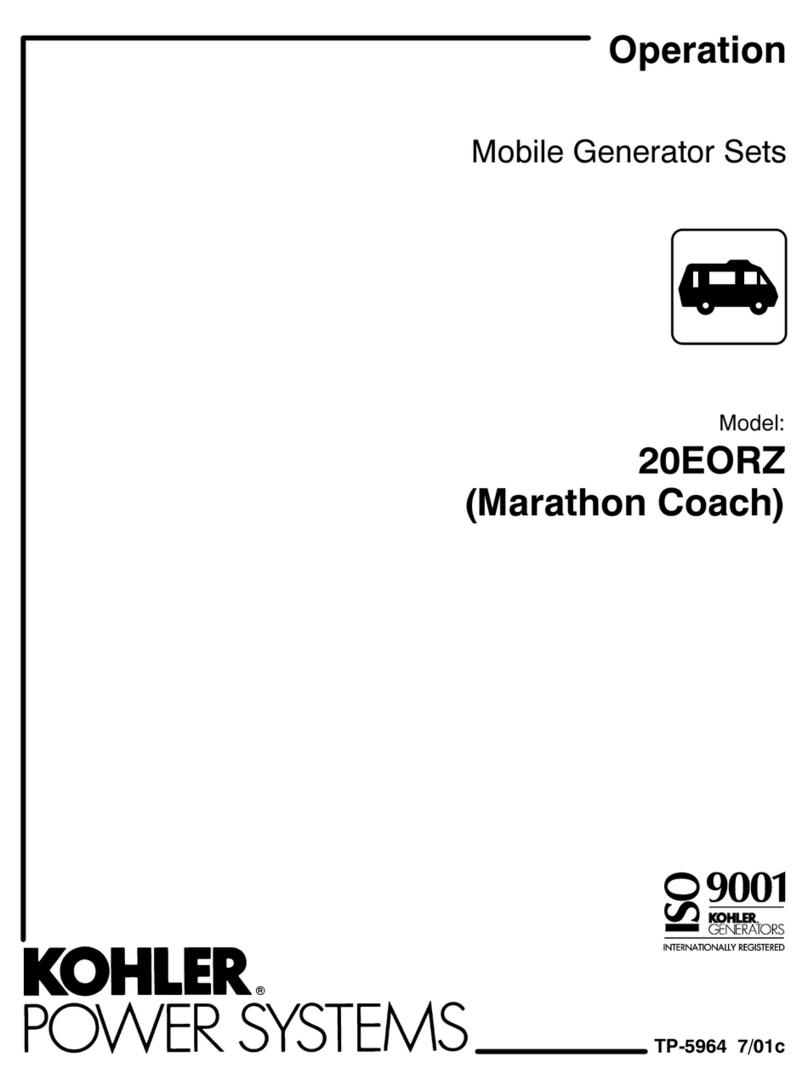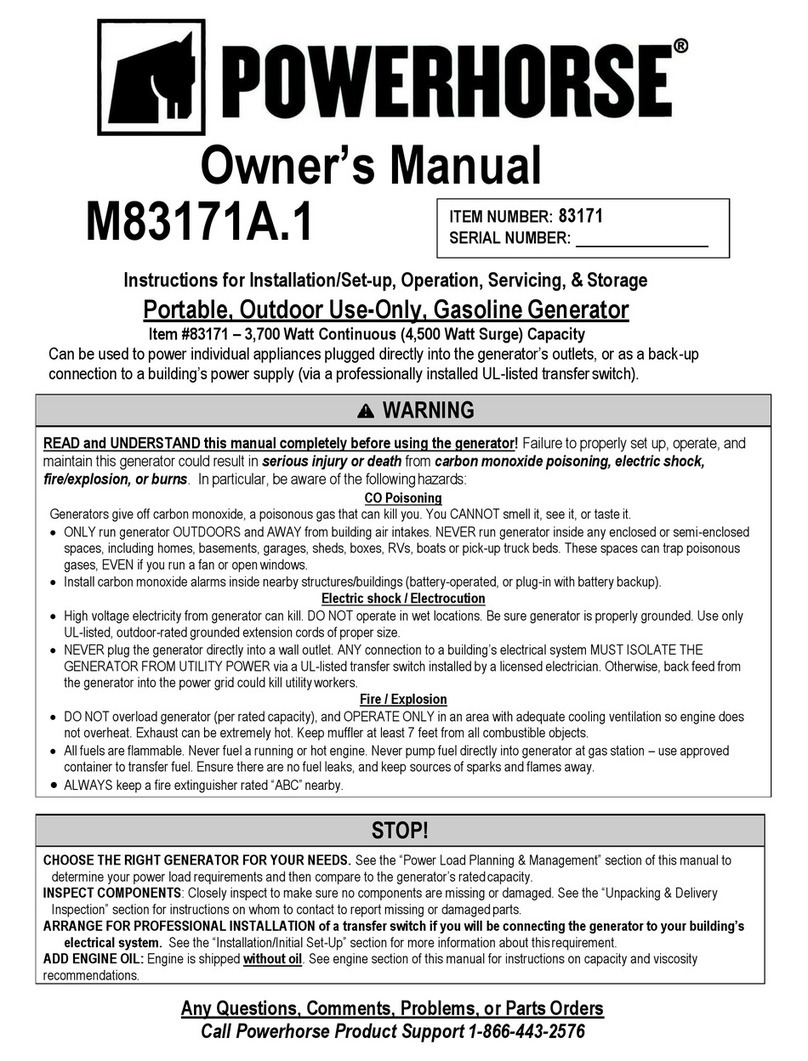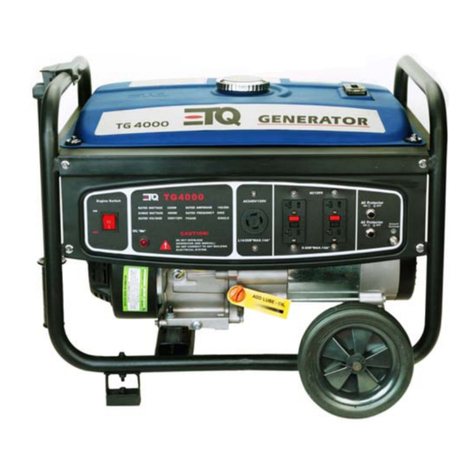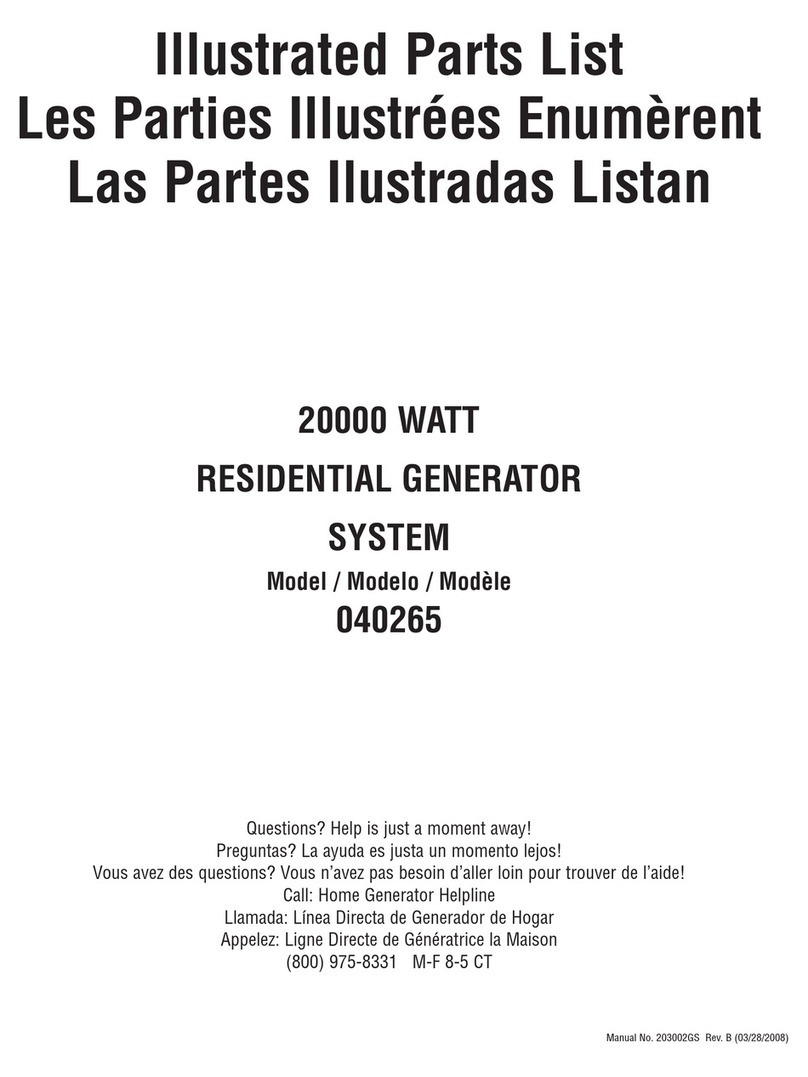CONTENTS
1. SAFETY INSTRUCTIONS·············································································· 1
2. COMPONENT LOCATIONS··········································································· 3
2.1 Outside View ·························································································· 3
2.2 Control Panel·························································································· 4
2.3 Serial Number Location ············································································ 4
3. PRE-OPERATION CHECK············································································· 5
3.1 Engine Oil······························································································ 5
3.2 Fuel······································································································ 6
3.3 Air Cleaner····························································································· 7
4. STARTING THE ENGINE ·············································································· 8
4.1 Starting Procedure··················································································· 8
4.2 High Altitude Operation············································································10
4.3 Ambient Temperature ··············································································10
5. GENERATOR USE······················································································11
5.1 Warnings and Cautions············································································11
5.2 AC Power Applications·············································································12
5.3 Output and Overload Indicators·································································12
5.4 Overload Reset Switch ············································································13
5.5 Smart Throttle························································································14
5.6 Air Conditioning Operation········································································14
5.7 DC Power Operation···············································································15
5.8 Low Oil Alarm System ·············································································16
6. STOPPING THE ENGINE·············································································17
6.1 Normal Shutdown···················································································17
6.2 Emergency Stop·····················································································17
7. MAINTENANCE··························································································18
7.1 Emission Control System ······································································18
7.2 Maintenance Schedule ············································································20
7.3 Changing Oil··························································································20
7.4 Air Cleaner Service·················································································21
7.5 Spark Plug Service··················································································22
7.6 Spark Arrestor Maintenance······································································23
8. TRANSPORTING/STORAGE ········································································24
8.1 Transporting ··························································································24
8.2 Extended Storage···················································································24
8.3 Fuel Treatment and Generator Exercise······················································24
9. TROUBLESHOOTING ·················································································25
10. SPECIFICATIONS·····················································································27
11. WIRING DIAGRAM····················································································28
12. WHEEL KIT INSTALLATION········································································29
13. WARRANTY·····························································································30
13.1 Limited Warranty- Kipor Power Products··················································30
13.2 Emission Control Warranty····································································31
13.3 California Emissions Control Warranty Statement·······································33
14. EMISSION CONTROL SYSTEM···································································35
